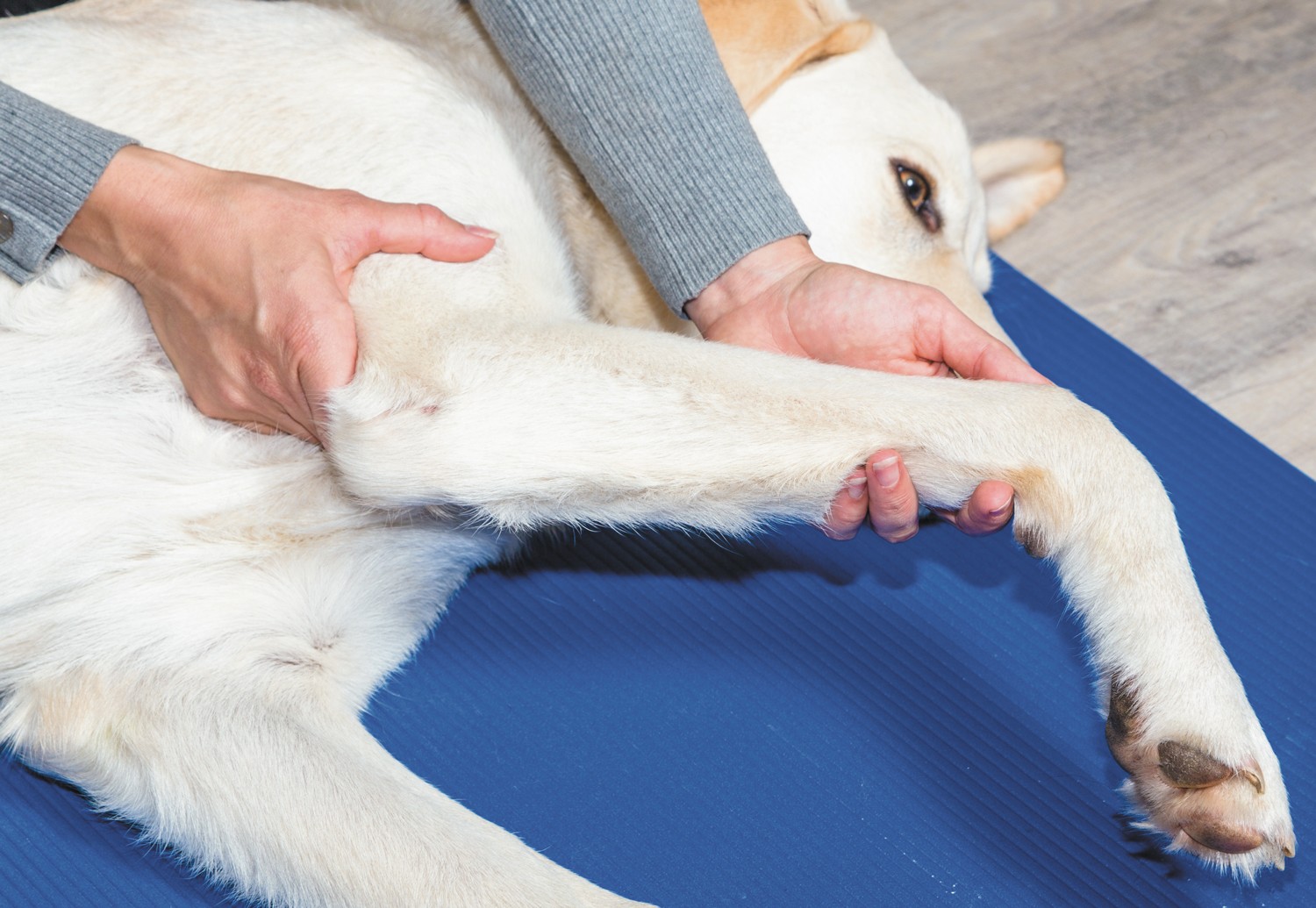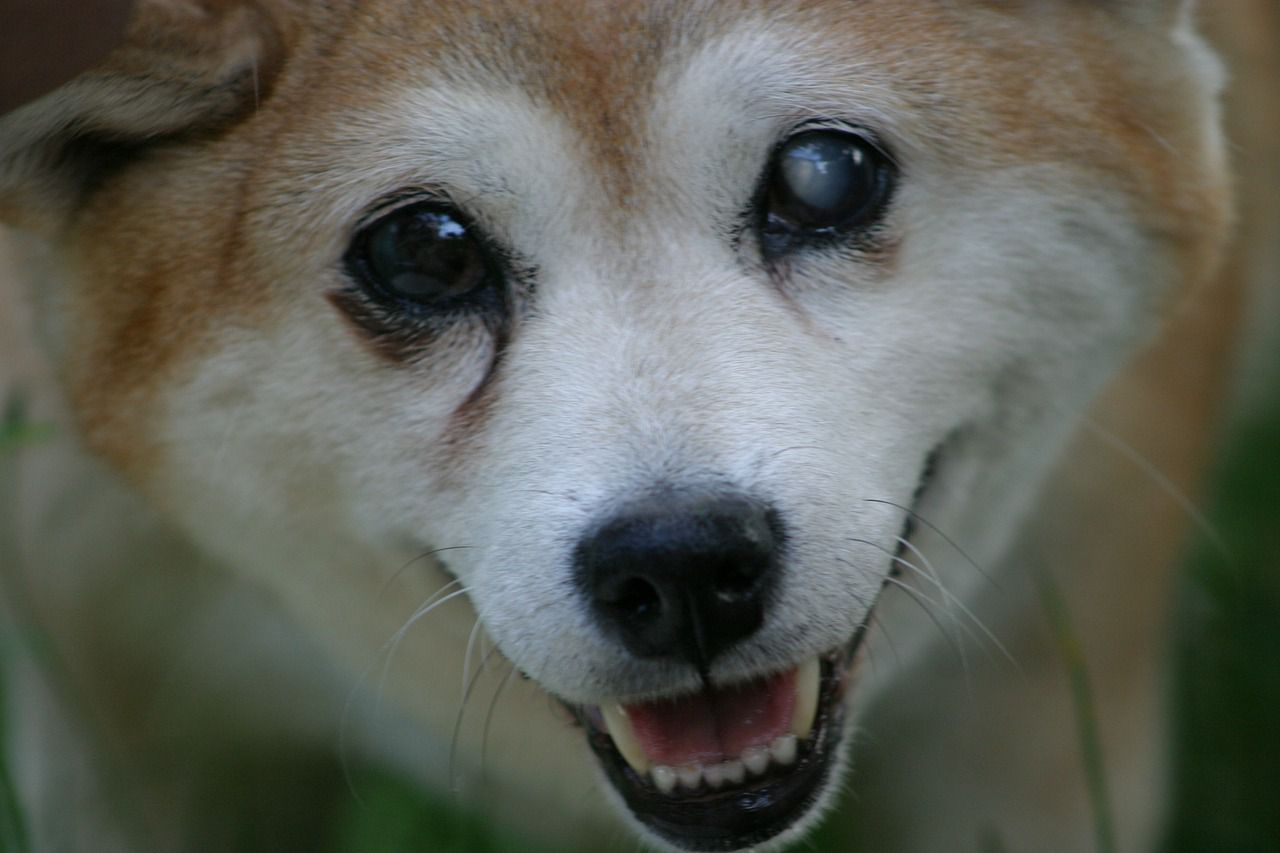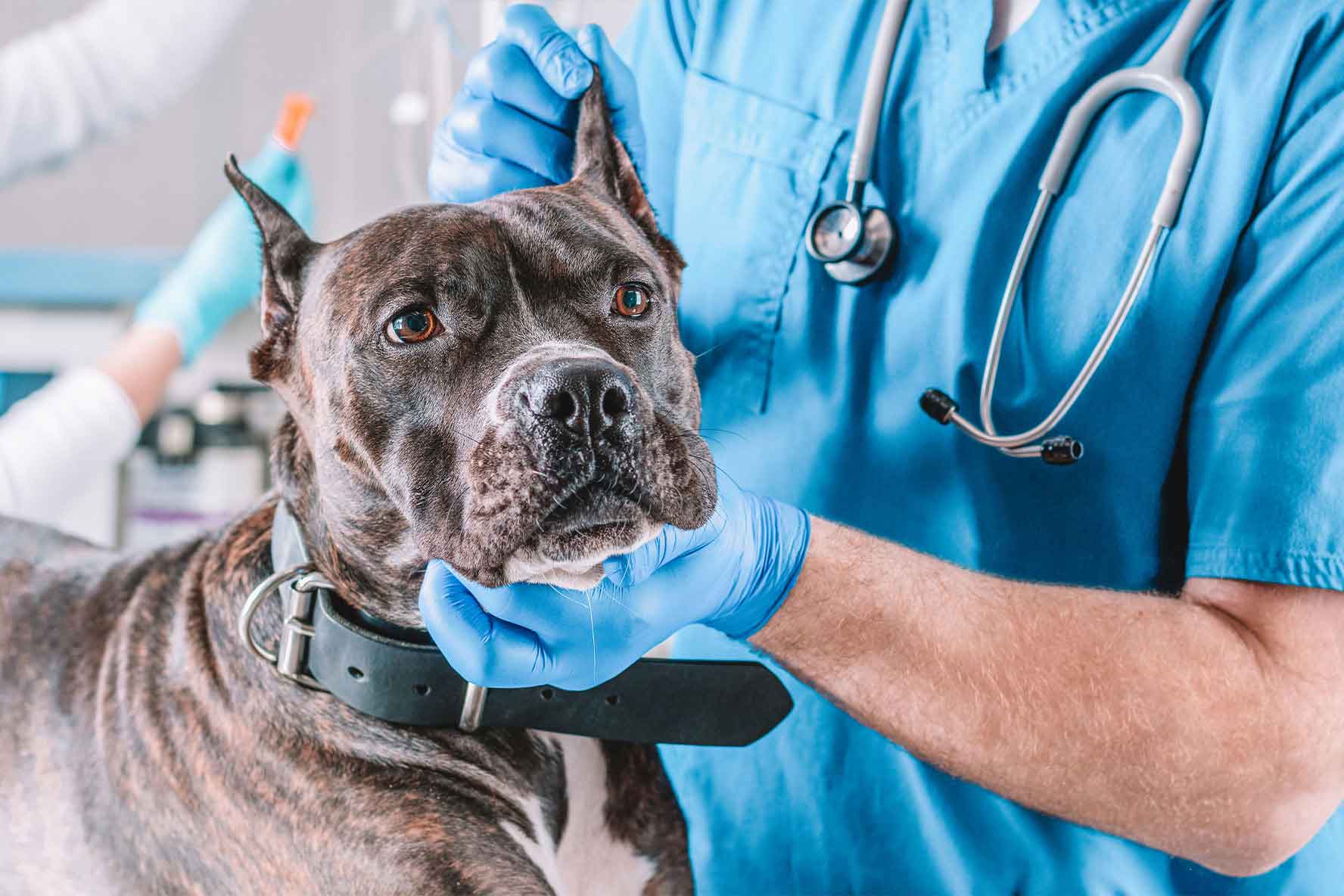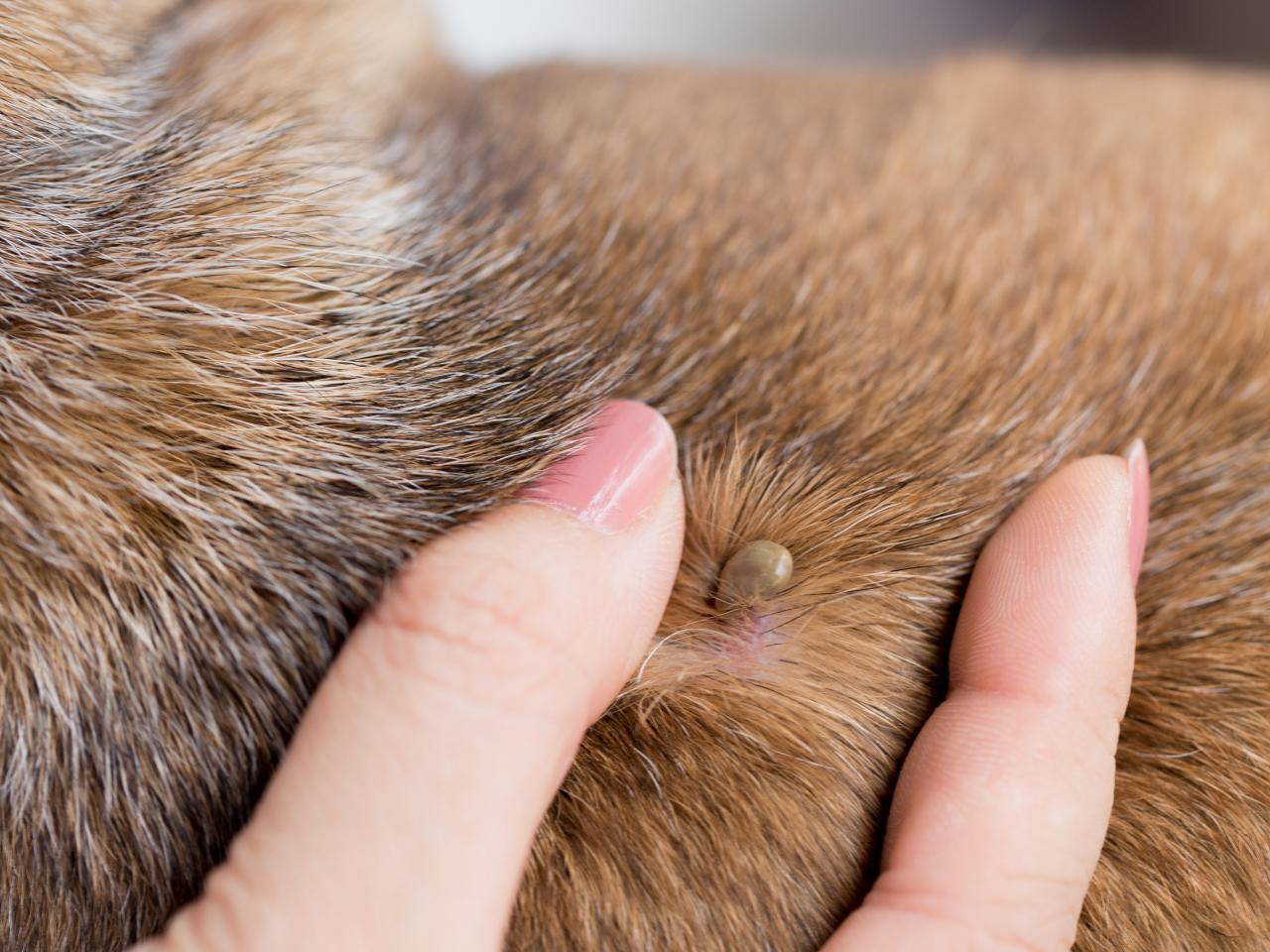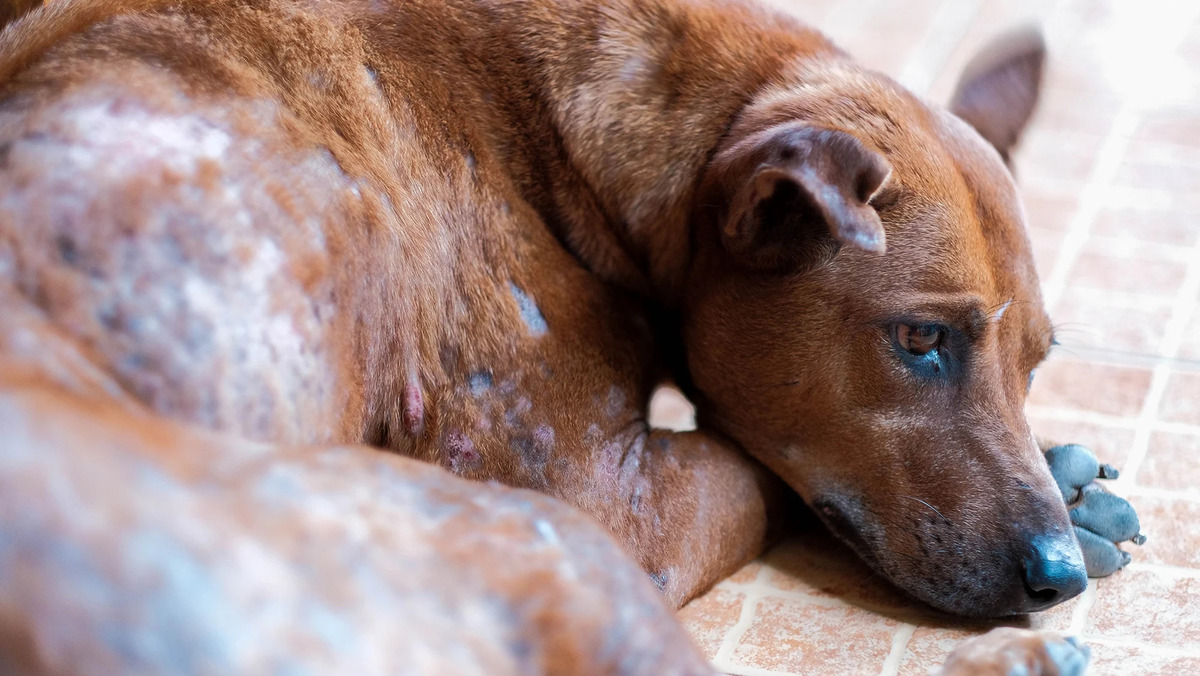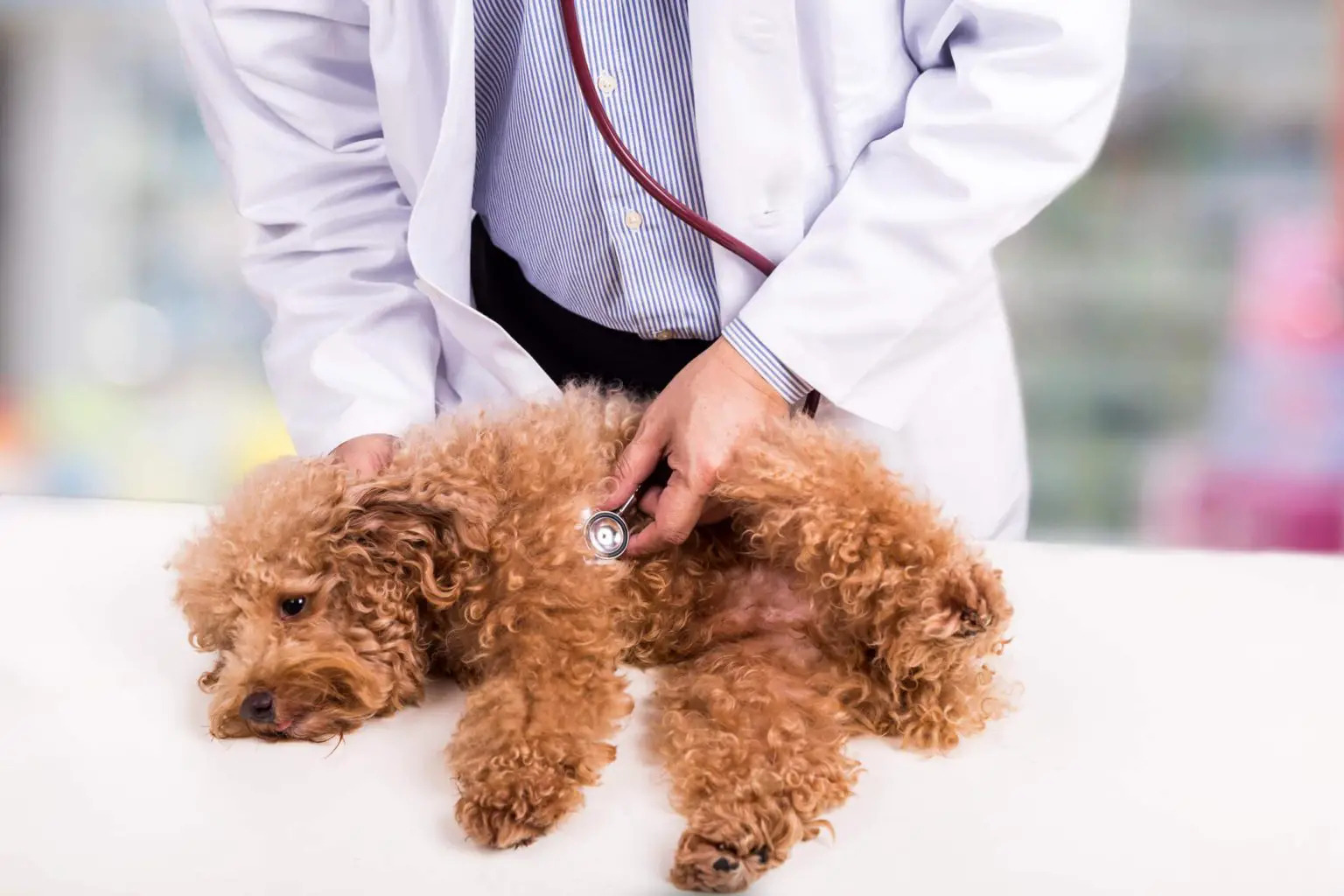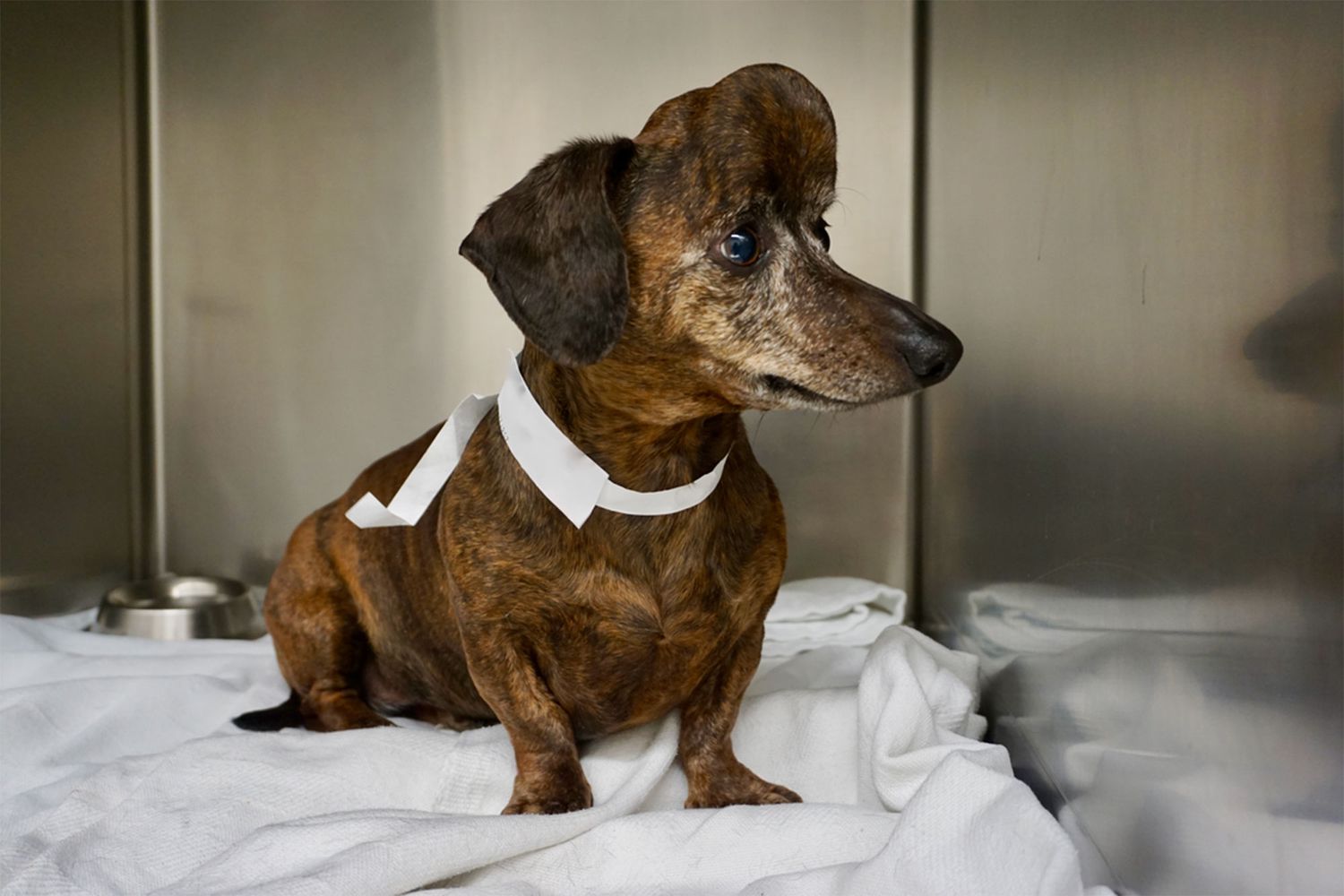Home>Health & Wellness>Common Health Issues>How To Tell If A Lump In A Dog Is Cancer


Common Health Issues
How To Tell If A Lump In A Dog Is Cancer
Published: February 4, 2024
Learn about common health issues in dogs and how to determine if a lump could be cancerous. Understand the signs and symptoms to ensure your pet's well-being.
(Many of the links in this article redirect to a specific reviewed product. Your purchase of these products through affiliate links helps to generate commission for Pawsomeoldies.com, at no extra cost. Learn more)
Table of Contents
Introduction
As devoted pet owners, we strive to provide our furry companions with the best care and attention. However, when we notice a lump or bump on our dog's body, it can be a cause for concern and prompt a range of emotions. While not all lumps are indicative of a serious health issue, it's crucial to be vigilant and proactive in monitoring our canine friends' well-being.
Understanding the nature of lumps in dogs, particularly the possibility of cancerous growths, is essential for ensuring timely intervention and effective treatment. This article aims to shed light on the signs, symptoms, diagnostic procedures, and treatment options associated with cancerous lumps in dogs. By gaining insight into these crucial aspects, pet owners can equip themselves with the knowledge needed to support their furry companions through any health challenges they may face.
Lumps and bumps in dogs are a common occurrence and can stem from various causes, including infections, cysts, or benign tumors. While many of these growths are harmless, it's imperative to remain vigilant, as some lumps may indicate the presence of cancer. Recognizing the potential warning signs and understanding the appropriate steps to take can make a significant difference in a dog's prognosis and overall well-being.
In the following sections, we will delve into the nuances of canine lumps, explore the telltale signs of cancerous growths, discuss the diagnostic tests used to identify these lumps, and examine the available treatment options. By delving into these critical aspects, pet owners can gain a comprehensive understanding of how to navigate the challenging terrain of cancerous lumps in dogs, ultimately empowering them to make informed decisions and provide the best possible care for their beloved pets.
Understanding Canine Lumps
When it comes to our canine companions, the discovery of a lump or bump on their body can evoke a range of emotions, from concern to outright fear. It's essential for pet owners to understand that lumps in dogs can arise from various sources, and not all of them are cause for immediate alarm. In fact, many lumps are benign and pose no significant threat to a dog's health. However, it's crucial to approach any new growth with attentiveness and care.
Lumps in dogs can manifest in different forms, including raised masses, skin discoloration, or abnormal swellings. These growths may appear on the surface of the skin or within the underlying tissues. While some lumps are easily noticeable, others may require a thorough physical examination to detect. It's important for pet owners to regularly inspect their dog's body for any unusual lumps or changes in the skin's texture or appearance.
The causes of lumps in dogs are diverse and can include abscesses, cysts, hematomas, and benign tumors. Additionally, certain breeds may be predisposed to developing specific types of lumps. For instance, mast cell tumors are more commonly found in Boxers, Bulldogs, and Boston Terriers, while lipomas, which are benign fatty tumors, are frequently observed in older dogs.
Understanding the nature of these lumps is crucial for pet owners. While some growths may be harmless and require no immediate intervention, others may indicate a more serious underlying condition, such as cancer. Therefore, it's imperative to monitor any new lumps closely and seek veterinary attention if there are concerns about their nature or progression.
By familiarizing themselves with the various types of lumps that can affect dogs and staying vigilant in monitoring their furry companions, pet owners can play a proactive role in safeguarding their pets' health. This proactive approach can lead to early detection and intervention, potentially mitigating the impact of any serious health issues that may be associated with lumps in dogs.
In the next sections, we will delve into the signs and symptoms of cancerous lumps in dogs, the diagnostic tests used to identify these growths, and the available treatment options. This comprehensive understanding will empower pet owners to navigate the complexities of canine lumps, particularly those that may be indicative of a more serious health concern.
Signs and Symptoms of Cancerous Lumps
Identifying the signs and symptoms of cancerous lumps in dogs is paramount for prompt intervention and effective management. While not all lumps are indicative of malignancy, certain warning signs warrant close attention from pet owners. Understanding these indicators can aid in early detection and timely veterinary assessment, potentially improving the prognosis for affected dogs.
One of the primary signs of a cancerous lump in dogs is rapid or uncontrolled growth. Unlike benign lumps, which often remain stable in size, malignant growths may exhibit accelerated expansion, leading to a noticeable increase in the lump's dimensions over a relatively short period. Additionally, cancerous lumps may feel firm or irregular upon palpation, differing in texture from surrounding tissues. These characteristics can serve as red flags for pet owners during routine physical examinations.
Another concerning symptom is the presence of ulceration or persistent bleeding associated with the lump. Cancerous growths can compromise the integrity of the skin or underlying tissues, resulting in open sores or continuous discharge. Such manifestations may indicate an aggressive or invasive nature of the lump, prompting the need for immediate veterinary evaluation.
Furthermore, cancerous lumps in dogs may be accompanied by systemic symptoms, such as unexplained weight loss, lethargy, or a decrease in appetite. These nonspecific signs can be indicative of an underlying malignancy affecting the dog's overall health. Additionally, behavioral changes, including increased restlessness or discomfort, may be observed in dogs with cancerous lumps, signaling the need for further investigation.
It's important to note that the location of the lump can also provide valuable insights. For instance, lumps that are fixed to underlying tissues or associated with nearby lymph nodes may raise concerns about potential malignancy. Additionally, the presence of multiple lumps or the development of new growths in different areas of the body should prompt thorough assessment by a veterinarian.
By remaining vigilant for these signs and symptoms, pet owners can play a proactive role in safeguarding their dog's well-being. Early recognition of potential indicators of cancerous lumps can facilitate timely veterinary consultation, enabling comprehensive diagnostic evaluation and the formulation of an appropriate treatment plan.
In the subsequent section, we will explore the diagnostic tests used to identify cancerous lumps in dogs, shedding light on the procedures employed to ascertain the nature of these growths and guide treatment decisions.
Diagnostic Tests for Canine Lumps
When a lump is detected on a dog, it is essential to pursue thorough diagnostic testing to determine its nature and potential implications for the dog's health. Veterinary professionals employ a range of diagnostic procedures to evaluate lumps and ascertain whether they are benign or indicative of a more serious condition, such as cancer.
One of the primary diagnostic tests used for canine lumps is fine needle aspiration (FNA). This minimally invasive procedure involves extracting a sample of cells from the lump using a fine-gauge needle. The collected cells are then examined under a microscope to assess their characteristics. FNA serves as a valuable tool for differentiating between benign and malignant lumps, providing crucial insights into the nature of the growth and guiding subsequent steps in the diagnostic process.
In cases where FNA results are inconclusive or further evaluation is warranted, veterinarians may recommend a biopsy. During a biopsy, a tissue sample is surgically excised from the lump, allowing for a comprehensive histopathological examination. This in-depth analysis enables pathologists to determine the presence of cancerous cells, assess the tumor's grade and stage, and provide valuable prognostic information. Biopsies play a pivotal role in confirming the presence of cancer and guiding the development of tailored treatment strategies.
Imaging studies, such as X-rays, ultrasound, and advanced imaging modalities like CT scans or MRI, are also utilized to assess lumps in dogs. These diagnostic tools enable veterinarians to visualize the internal structures of the body and identify any abnormalities associated with the lump. Imaging studies are particularly valuable for evaluating the extent of tumor involvement, detecting metastasis, and planning surgical interventions or other treatment modalities.
Additionally, blood tests may be employed to assess the dog's overall health and identify any systemic abnormalities that could be linked to the presence of a lump. These tests can provide insights into organ function, inflammatory markers, and potential indicators of malignancy, contributing to a comprehensive diagnostic workup.
By leveraging these diagnostic tests in a strategic manner, veterinary professionals can gain a comprehensive understanding of canine lumps, determine their potential implications, and formulate tailored treatment plans. These diagnostic endeavors are instrumental in guiding pet owners and veterinarians toward informed decisions aimed at promoting the well-being of dogs affected by lumps, particularly those with suspected or confirmed malignancy.
Treatment Options for Cancerous Lumps in Dogs
Upon the confirmation of a cancerous lump in a dog, pet owners are confronted with the critical task of exploring treatment options aimed at addressing the malignancy and promoting their pet's well-being. The approach to managing cancerous lumps in dogs encompasses a range of modalities, each tailored to the specific characteristics of the tumor, the dog's overall health, and the potential for disease progression.
Surgical excision stands as a primary treatment modality for cancerous lumps in dogs. This approach involves the removal of the tumor and surrounding tissues to ensure complete eradication of cancerous cells. The extent of surgical intervention may vary based on the tumor's size, location, and potential for metastasis. In cases where the tumor is localized and amenable to surgical removal, this approach can offer a curative outcome, particularly when combined with adjuvant therapies.
Adjuvant therapies, including radiation therapy and chemotherapy, are often employed to complement surgical intervention in managing cancerous lumps in dogs. Radiation therapy utilizes targeted radiation to destroy cancer cells and shrink tumors, particularly in cases where complete surgical removal may not be feasible. Chemotherapy, on the other hand, involves the administration of anti-cancer drugs to impede the growth and spread of cancerous cells, either as a standalone treatment or in conjunction with surgery and radiation therapy.
Immunotherapy has emerged as a promising avenue for treating cancerous lumps in dogs, harnessing the dog's immune system to recognize and combat cancer cells. This innovative approach aims to stimulate the immune response, enhancing the body's ability to target and eliminate cancerous cells. Immunotherapeutic strategies hold potential for improving treatment outcomes and mitigating the risk of disease recurrence in dogs with cancerous lumps.
In cases where surgical intervention, radiation therapy, chemotherapy, or immunotherapy may not be viable options, palliative care plays a crucial role in supporting dogs with cancerous lumps. Palliative care focuses on alleviating pain, managing symptoms, and enhancing the dog's quality of life, ensuring comfort and well-being throughout the course of the disease.
Furthermore, ongoing advancements in veterinary oncology continue to expand the spectrum of treatment options for cancerous lumps in dogs, offering novel therapies and personalized approaches tailored to individual cases. These evolving modalities underscore the commitment to enhancing the care and outcomes for dogs affected by cancerous lumps, reflecting the dedication to advancing veterinary medicine and promoting the well-being of our beloved canine companions.
Conclusion
In conclusion, the discovery of a lump in a dog can evoke a myriad of emotions and concerns for pet owners. While not all lumps are indicative of a serious health issue, it is crucial to remain vigilant and proactive in monitoring our canine companions' well-being. Understanding the nature of lumps in dogs, particularly the potential for cancerous growths, is essential for ensuring timely intervention and effective treatment.
By familiarizing themselves with the signs, symptoms, diagnostic procedures, and treatment options associated with cancerous lumps in dogs, pet owners can equip themselves with the knowledge needed to support their furry companions through any health challenges they may face. It is imperative to recognize the warning signs of cancerous lumps, such as rapid growth, ulceration, systemic symptoms, and changes in behavior, and seek veterinary attention promptly if these indicators are observed.
Diagnostic tests, including fine needle aspiration, biopsies, imaging studies, and blood tests, play a pivotal role in evaluating lumps and ascertaining their nature. These diagnostic endeavors are instrumental in guiding pet owners and veterinarians toward informed decisions aimed at promoting the well-being of dogs affected by lumps, particularly those with suspected or confirmed malignancy.
The treatment landscape for cancerous lumps in dogs encompasses surgical excision, adjuvant therapies, immunotherapy, and palliative care, each tailored to the specific characteristics of the tumor and the dog's overall health. These modalities underscore the commitment to enhancing the care and outcomes for dogs affected by cancerous lumps, reflecting the dedication to advancing veterinary medicine and promoting the well-being of our beloved canine companions.
In navigating the complexities of canine lumps, pet owners play a proactive role in safeguarding their pets' health. By remaining vigilant, seeking timely veterinary assessment, and exploring appropriate treatment options, pet owners can provide the best possible care for their beloved dogs, ensuring their comfort, well-being, and quality of life.
